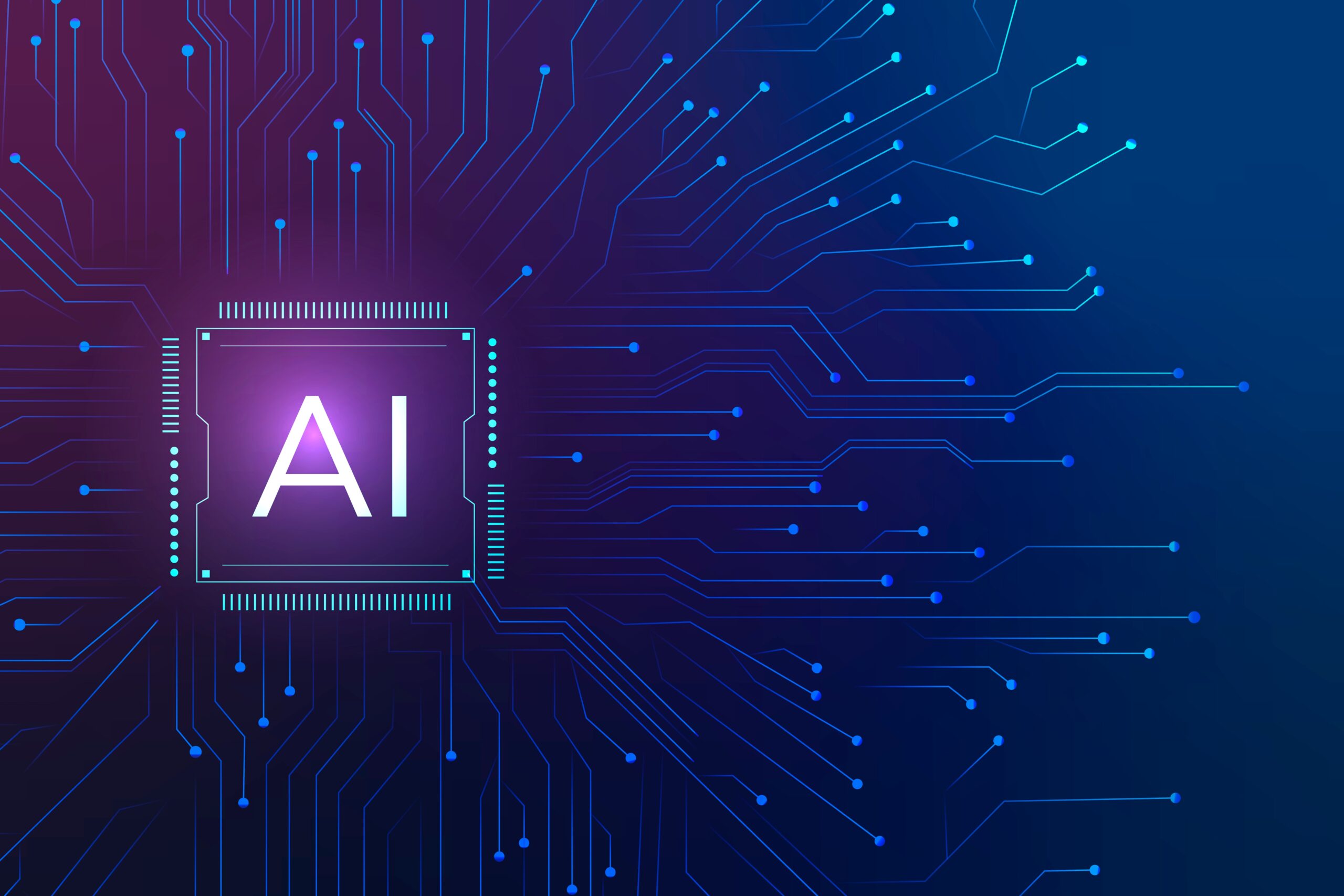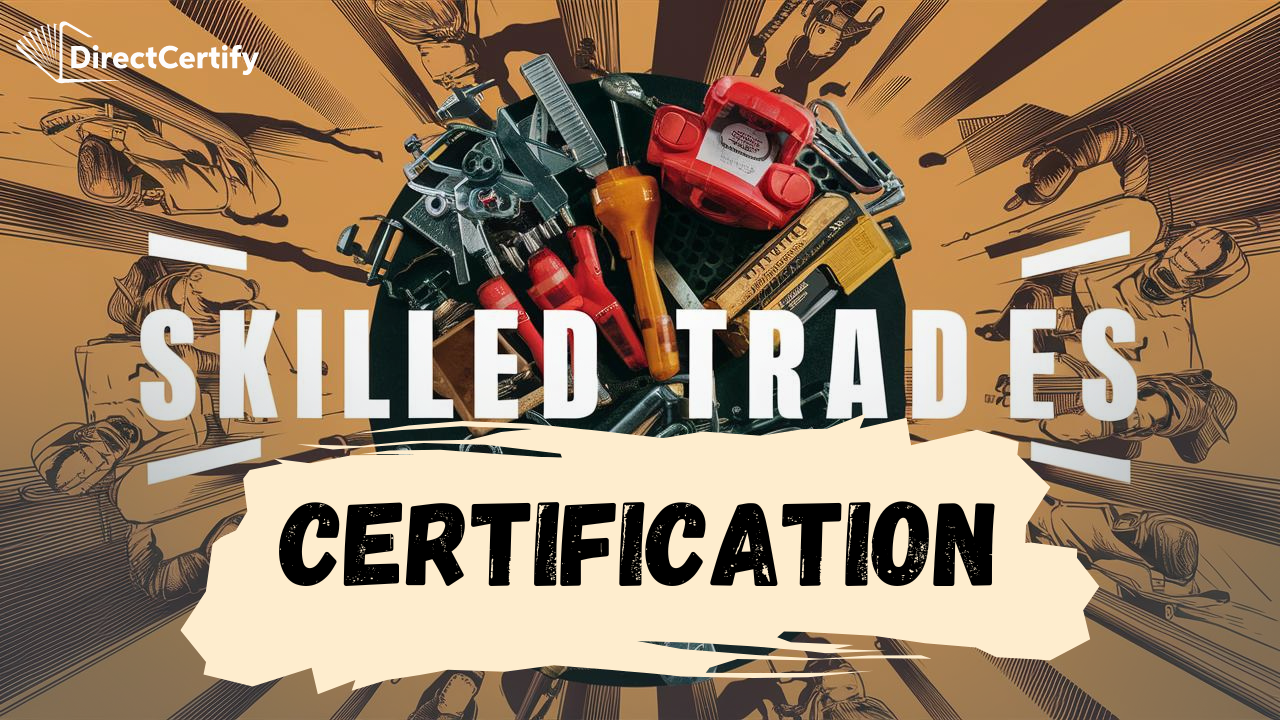The construction industry is undergoing a significant transformation, driven by the integration of cutting-edge technologies. Among these, artificial intelligence (AI) stands out as a game-changer, offering the potential to enhance efficiency, safety, and profitability. However, implementing AI in construction is not a straightforward process. It requires a well-thought-out strategy and a clear understanding of the technology’s applications. This step-by-step guide will help industry leaders navigate the complexities of adopting AI in construction.
1. Assess Your Current Processes
Before diving into AI implementation, it’s essential to understand your current operations. Conduct a thorough assessment of your processes, identifying areas where inefficiencies, delays, or safety risks occur. This assessment will help you determine where AI can provide the most value, whether it’s in project management, safety monitoring, predictive maintenance, or design optimization.
2. Define Clear Objectives
Once you’ve identified potential areas for improvement, set clear and measurable objectives. What do you want to achieve by implementing AI in construction? Whether it’s reducing project timelines, cutting costs, or improving worker safety, having specific goals will guide your AI strategy and help you measure its success.
3. Choose the Right AI Technologies
AI in construction encompasses various technologies, including machine learning, computer vision, robotics, and natural language processing. Depending on your objectives, select the AI technologies that align with your needs. For example, computer vision can be used for real-time safety monitoring, while machine learning algorithms can predict equipment failures before they happen.
4. Invest in Data Collection and Management
AI systems rely heavily on data to function effectively. Therefore, investing in data collection and management is crucial. Start by gathering high-quality data from your construction projects, such as project timelines, equipment usage, safety incidents, and environmental conditions. Implement data management systems that ensure data is accurate, up-to-date, and easily accessible.
5. Build a Skilled AI Team
Implementing AI in construction requires a team with the right skills. This includes data scientists, AI engineers, and industry experts who understand both the technology and the construction domain. Consider partnering with AI development companies that specialize in construction if you lack in-house expertise.
6. Pilot AI Solutions on a Small Scale
Before rolling out AI across your entire operation, start with a pilot project. Choose a specific area of your construction business where AI can make an immediate impact. Monitor the pilot closely, gather feedback, and make necessary adjustments. This approach minimizes risk and allows you to refine your AI implementation strategy.
7. Integrate AI with Existing Systems
For AI to deliver maximum value, it needs to be seamlessly integrated with your existing systems and workflows. This might involve updating your project management software, integrating AI with your Building Information Modeling (BIM) tools, or connecting AI systems with your on-site sensors and cameras.
8. Train Your Workforce
The success of AI in construction depends not only on the technology but also on the people using it. Provide comprehensive training to your workforce, ensuring they understand how to use AI tools and how these tools can benefit their daily tasks. Encourage a culture of continuous learning to keep up with AI advancements.
9. Monitor and Evaluate AI Performance
After implementation, continuously monitor the performance of your AI systems. Are they meeting your objectives? Are they providing the expected ROI? Use data analytics to evaluate the impact of AI on your construction projects and make adjustments as needed.
10. Scale AI Implementation Across the Organization
Once your pilot project is successful and your workforce is trained, it’s time to scale AI implementation across your organization. Develop a roadmap for rolling out AI in other areas of your business, ensuring that each new implementation is aligned with your overall strategy and objectives.
Conclusion
Implementing AI in construction is a complex but rewarding endeavor. By following these steps, industry leaders can effectively integrate AI into their operations, leading to increased efficiency, improved safety, and higher profitability. As AI continues to evolve, staying ahead of the curve will be crucial for maintaining a competitive edge in the construction industry. Embrace the potential of AI in construction and transform your business for the future.


